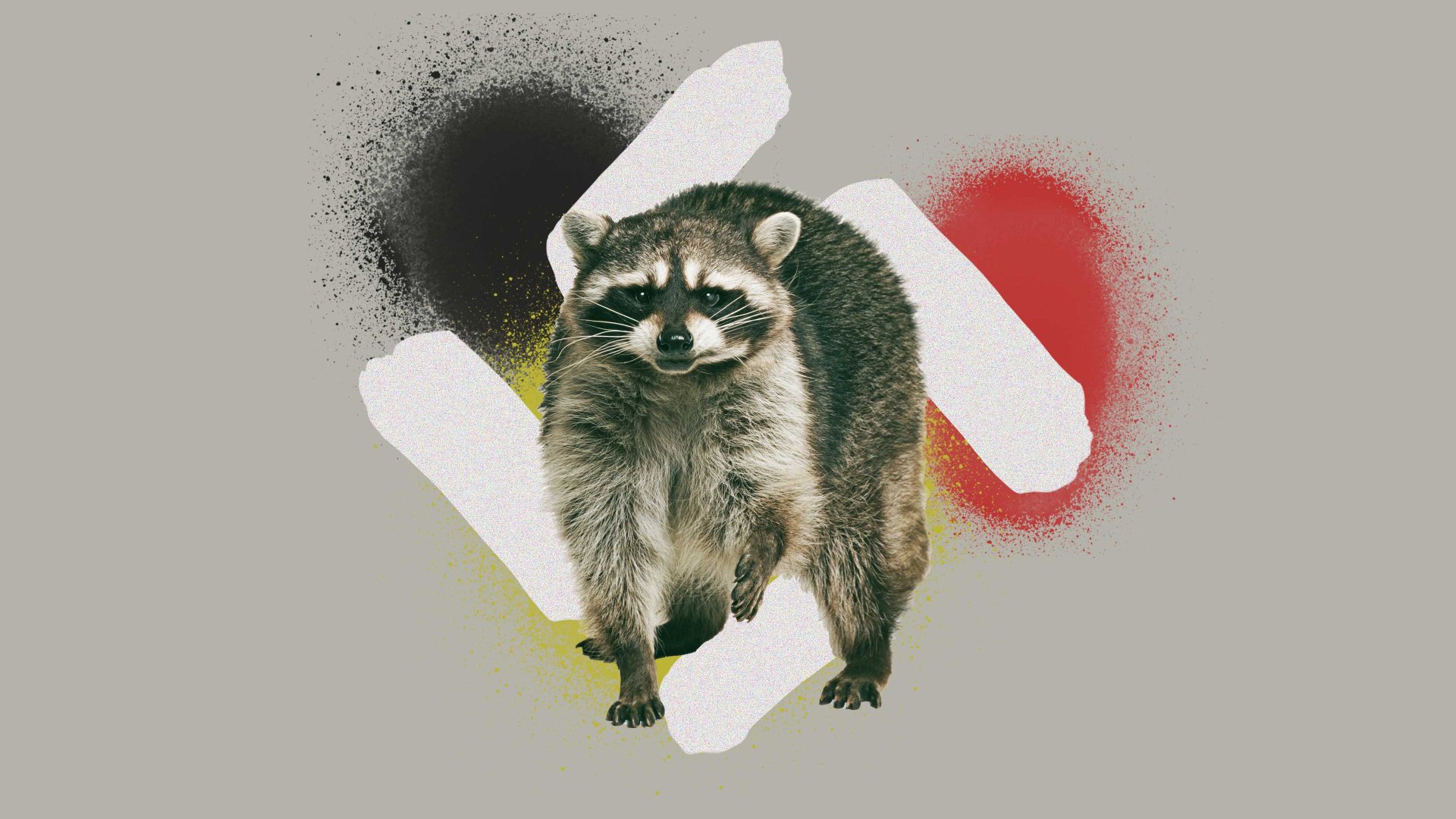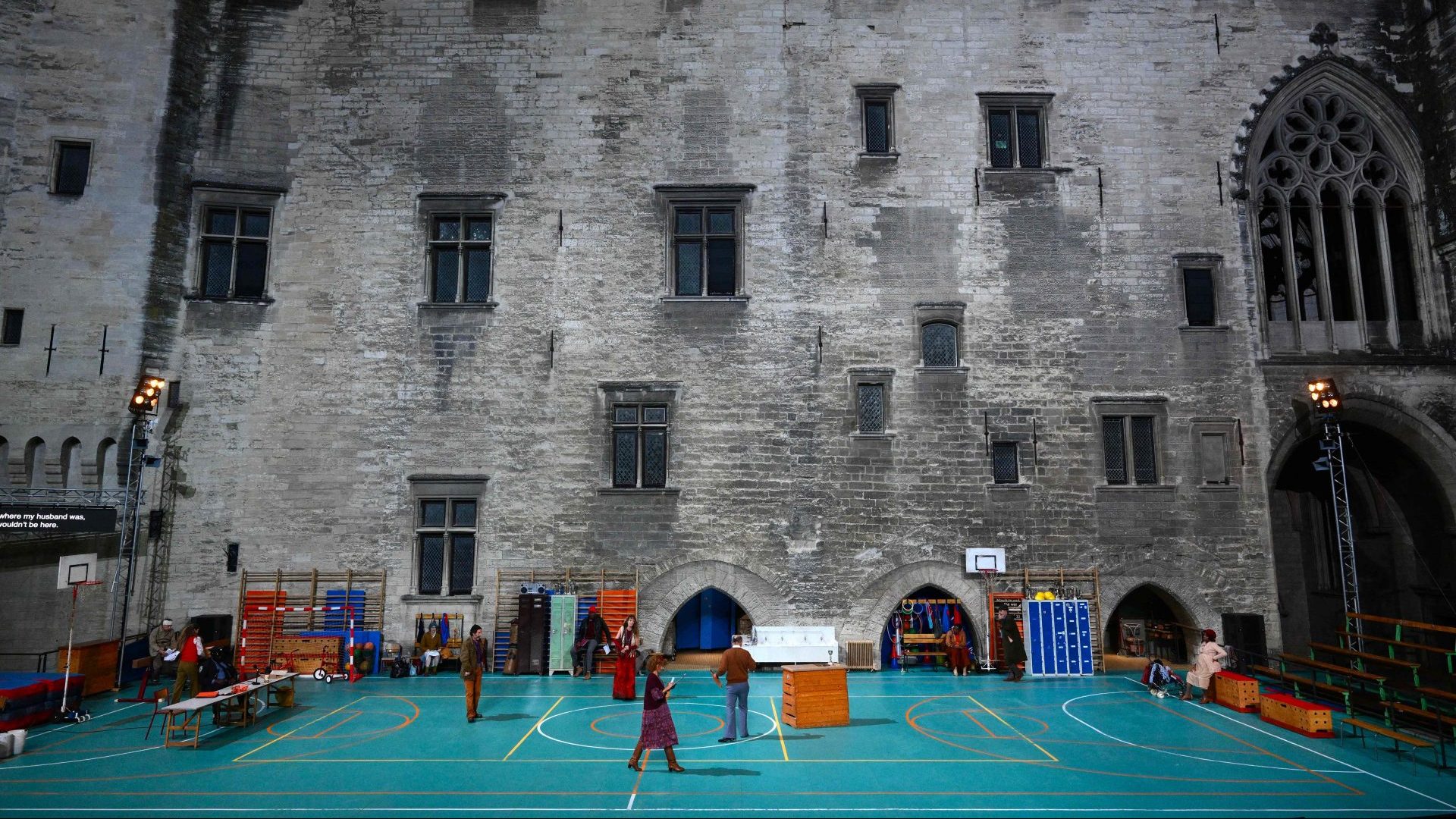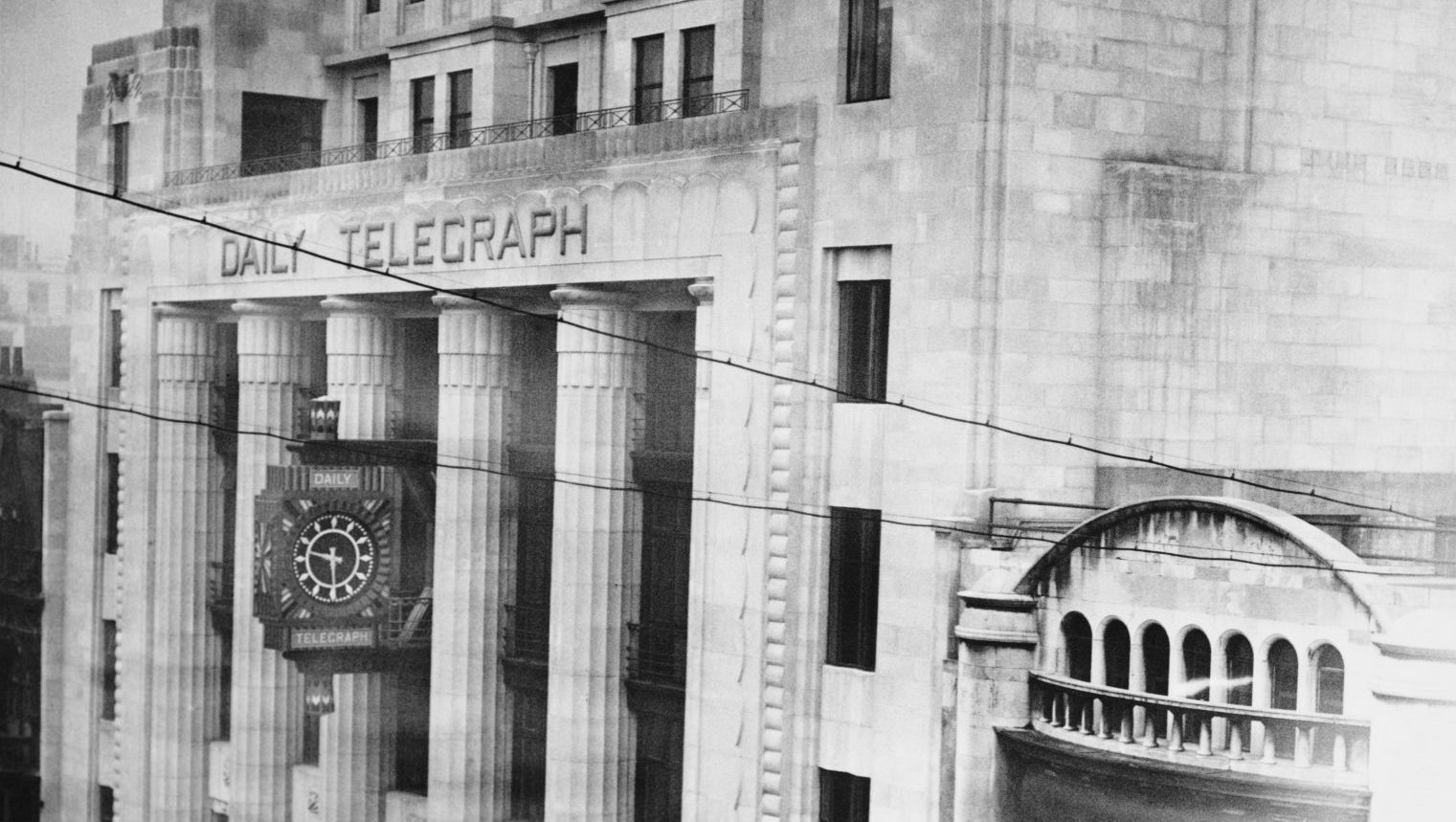Germany has a migration issue. It is serious: millions of foreign invaders leave the authorities unable to cope.
I’m talking of Neozoen, of course – non-indigenous animals of sometimes invasive nature, meaning that they pose a threat to the locals. Grey squirrels v red ones, need I say more? We don’t have grey Eichhörnchen in Germany, yet, but among the 1,300 immigrated species are South American muskrats, North American nutria, bullfrogs, Egyptian geese, Chinese mitten crabs, Spanish slugs, Asian ladybugs, flamingos, minks, ñandu (rheas), killer shrimp (which turned out to be pacifist), parakeets, and lately the Asian tiger mosquito, which in 2022 has been found to successfully hibernate.
The most successful animal alien, however, is the raccoon. We call him Waschbär (washing bear), because his search for snails and crayfish in streams looks as if he is washing his paws.
The raccoon’s tale is also one of misinformation, with the British press – usually above suspicion! – at the heart of it. For nearly 20 years you’ve been fed fantasy headlines like: “Army of Nazi raccoons force Germans to admit defeat” (Metro), “Nazi raccoons attack Britain” (Daily Star), “Nazi raccoons just across the Channel on the warpath in a furry blitzkrieg” (the Sun), which pictured a Waschbär with a swastika and elaborated: “Hitler aide Hermann Goering had the US mammals introduced to German woods in 1934 to ‘enrich the Reich’s fauna’. But numbers have soared and they are invading new territory, just like the Nazis did.”
The Daily Mail has been in full agreement: “Raccoons earned Nazi moniker as they were introduced to Germany by Hermann Goering in 1934”. And, indeed, “Adolf Hitler couldn’t conquer Europe but his Nazi raccoons have” (Daily Record). Or: “One of Nazi Germany’s more curious legacies is rearing its head in an increasing number of the country’s backyards” (the Independent).
I don’t know when and where the Nazi angle came in, but since the German media also loves all-things-Adolf, the “Nazi raccoons on the march in Europe” (Deutsche Welle) – are now a popular belief here, too.
The debunked story, first written by Eberhard Leicht, head of the forestry office at Lake Eder near Kassel in central Germany, may not be as catchy, but is also making progress.
Leicht meticulously documented his precursor’s original correspondence regarding the raccoons’ release into the wild. The idea had been brought up by a local fur farmer and trader in 1934, who had donated two pairs “to enrich the fauna” (or his business, perhaps). A request for approval was sent to Berlin and here’s where Göring comes in: Hitler’s chief of Luftwaffe was an ardent huntsman and also Reichsjägermeister (hunting master of the Reich), though nothing suggests that he was ever concerned with the raccoon. I mean, just look at him!
There are plenty of pictures showing a very sizeable Göring proudly posing with 12 pointers. Instagram didn’t exist, so would the megalomaniac really have hoped to impress with a cute, 70cm, 10kg-max stripey mammal? About as likely as Hitler with a hamster. And by the way, weren’t the Nazis always on the opposite side of biodiversity?
Anyway, in 1945 another group of 25 raccoons near Berlin was either freed or escaped from a fur farm during the bombings. So today, Kassel and Berlin are the two hubs of the population, which is rapidly spreading nationwide.
While they have been cleared of any Nazi affiliation, they are guilty of pretty much every other offence: they breed like mad, from a couple of hundred animals before the 1990s, they have grown to a population of a million (or maybe two…). They stop trains by fiddling with the overhead lines, cause short-circuit faults in power stations, wreak havoc in cemeteries, knock over rubbish bins and rampage through private homes.
Years ago they used to need downpipes to climb rooftops, now they have learned to just clamber up the corner of any house. A raccoon researcher once saw one that slid a roof tile to the side, entered the house, and closed it again behind him. Obviously they prefer not having to go through all this trouble when you welcome them with a cat flap. A vanguard would inspect your home, then bring the rest of the family and rip out the roof insulation, destroy the carpets and eat, literally, everything – from grapes to guinea-pigs.
As raccoons have no predators, ecologists warn that they threaten endangered birds by plundering their nests. But even the most raccoon-averse experts have to admit they have long embraced the German way of life: some have been spotted in the Biergarten, emptying left-behind beer bottles.




